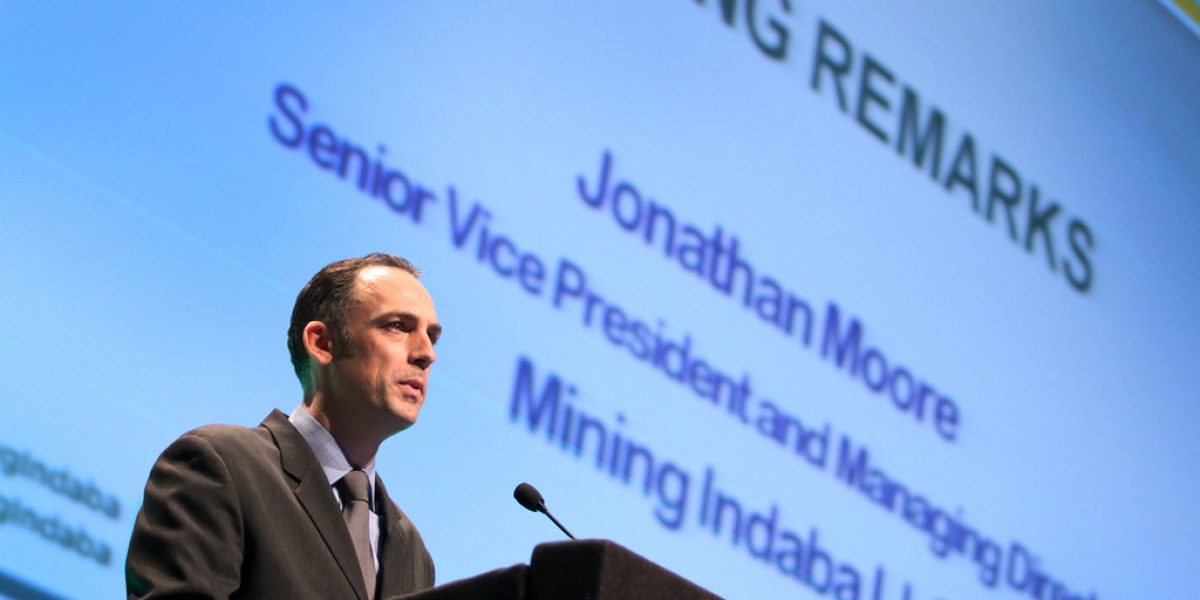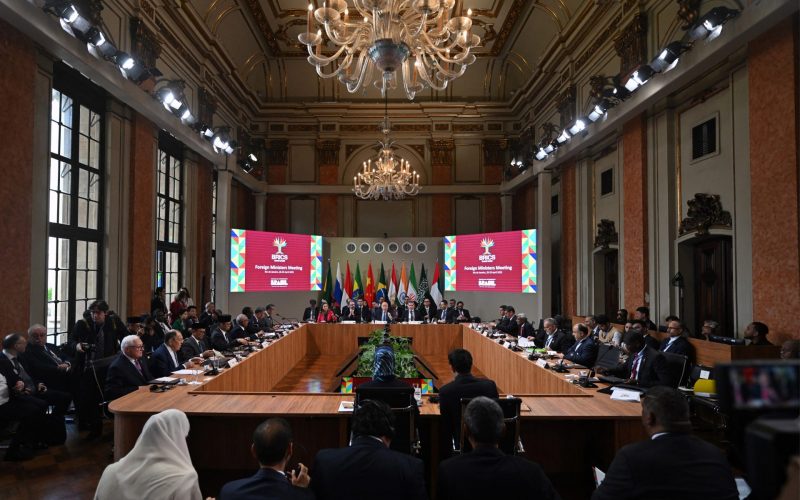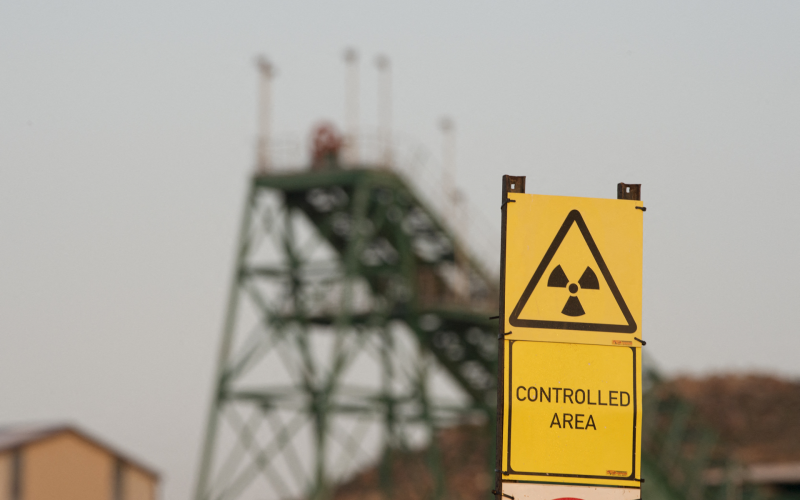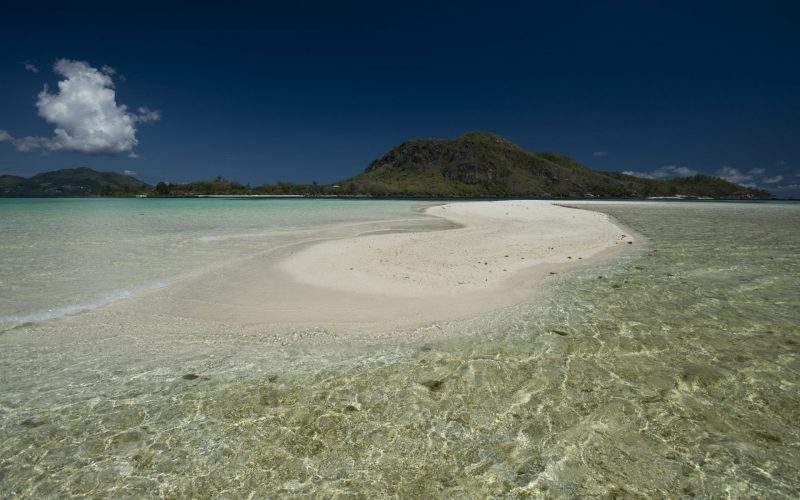The marketing pitch of the 2012 “Investing in Africa Mining Indaba” that took place in Cape Town (from 6 to 9 February) is that it is the biggest and most significant annual event on the African mining industry’s calendar. This claim seemed compelling judging by the packed programme, thousands of participants, hundreds of exhibitors, and the wide array of ministerial and company presentations that flooded the Cape Town International Convention Centre. But in the aftermath of the Indaba it is useful to ask more probing questions about the value-add of the mining sector to Africa’s people. There were some indications at the Indaba that this question is beginning to exercise policy and business minds.
Beyond the abundant corporate smiles, handshakes, and back room deal-making, the main sessions of the indaba’s programme reflected on the contribution that mining can (or should) make to African economic growth. Sessions sponsored by the World Bank, asked how mining could contribute to increasing the wealth of African countries. Solutions proposed in this regard focused mainly on establishing linkages with domestic economies.
The argument offered was that mining companies can contribute to economic development by sourcing services, goods, supplies and other materials from local businesses These local economic linkages could lead to significant benefits for surrounding communities and have an economic multiplier effect on the broader economy.
By addressing this issue, the industry acknowledges that mines sometimes operate as enclaves in communities that are often hostile to their presence. How such linkages are to be established differ from company to company, operation to operation, and country to country.But, the important lesson to be drawn for African governments and policy makers is how to design economic and mineral extraction policy frameworks that entrenches the principle of local economic linkages in investment deals signed with multinationals. The mining indaba also served as a reminder of the significant role that mining and extractive operations play in the continental economy. One presenter highlighted the fact that mining alone accounts for approximately 50% of all Africa’s exports. If oil is added to this number, a grand total of 75% of African exports are based on resource extractive industries.
These statistics underline that the responsible extraction of resources and the need to ensure that local economic growth and societal development result from these operations is not a luxury, but a political economic necessity. This is especially true if Africa is to gain from its wealth of resources in the future. In line with the above, the indaba also considered how African governments could strategically reinvest revenues and rents derived from extractive industry activities to develop their infrastructure, human capital and manufacturing sectors. Why this is so important, became very apparent when the Indaba-visitors were discussing long-term commodity trends.
An intriguing feature of several keynote and company presentations at the indaba was the emphasis placed on the importance of China as a locomotive of global economic growth. This is not surprising given the seemingly unending cycle of bad debt news emanating from Europe. During 2011 China accounted for two thirds of commodity demand growth. However, Chinese demand is just the tip of the iceberg.
When specific commodities are studied more closely, a shocking picture of spiralling demand emerges. Copper is a good example. A copper commodity expert noted that between 1900 and 2006 total world copper consumption was approximately 585 million tonnes. If the growth trajectories of China, India and other emerging market are taken into consideration the world economy will need a whopping 620 million tonnes of copper until 2030. Demand for African copper could therefore lead to renewed competition for access to commercially viable deposits.
The projections of global demand for copper is echoed in projections of demand for iron ore, coal, platinum group metals, gold, and other metals and minerals needed to feed growing cities in expanding emerging market economies, and the burgeoning middle classes of India, China, and Brazil.
But, as one economist noted, to date economic models assume that resources are somehow in infinite supply. This counter-intuitive economic assumption is obviously not true. It furthermore means that there is a strange economic irony in store for Africa.
Sub-Saharan Africa is expected to grow at 5.5% this year, but this growth is mostly based on resource extraction and depletion. Although the economies are growing, it is necessary to realise that this 5.5% projected growth comes from extractive operations, mining and oil. The implication is that in order to grow, Africa has to deplete (it’s rather abundant) natural wealth.
What is the moral of the story? It points to the importance of finding ways for resource rents and revenues to stimulate other sectors of African economies, and in so doing leaving a lasting developmental impact. Otherwise the old risk of being left with holes in the ground and empty pockets, will continue to haunt African countries for generations to come.








